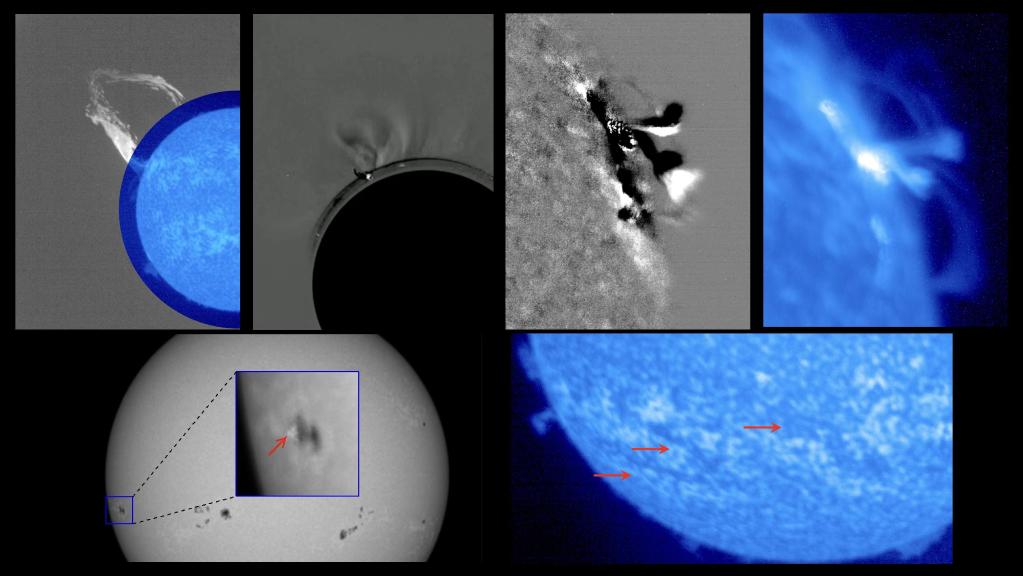China Pilots Opening Quasi Real-Time Solar Exploration Data to Public

The data first available to users covered the observation data from the satellite-loaded Solar Hard X-ray Imager, partial observation data from the All-Solar Vector Magnetic Imager, partial observation data from the Lehmann Alpha Solar Telescope since April 1 and their subsequent quasi real-time observation data, according to the Purple Mountain Observatory under the Chinese Academy of Sciences based in East China's Jiangsu province.
Gan Weiqun, the satellite's principal scientist from PMO, said that after about six months of debugging in orbit, the Advanced Space-based Solar Observatory (ASO-S) -- nicknamed Kuafu 1 in Chinese -- has obtained approximately 80TB of raw solar observation data.
Taking into account satellite operation and other factors, the current conditions have allowed them to open some data to the public in quasi real-time, Gan said.
Kuafu 1 was launched aboard a Long March 2D rocket on Oct 9 from the Jiuquan Satellite Launch Center in Northwest China.
The space-borne solar observatory, named after Kuafu - a giant in Chinese mythology who indefatigably chased the sun, runs in a sun-synchronous orbit, which is not hampered by the Earth's rotation, while an Earth-based telescope can see the Sun only in the daytime.
The news related to releasing the observation data to the public was announced at an online meeting on Tuesday and Wednesday jointly held by PMO, National Space Science Center and National Space Science Data Center. Nearly 400 solar physics scholars from more than 20 countries participated in the meeting.
It has been an international practice to open the observation data of solar exploration satellites, Gan said, and, subsequently, the scientific team will achieve quasi real-time openness of all observation data from the satellite. (ChinaDaily)